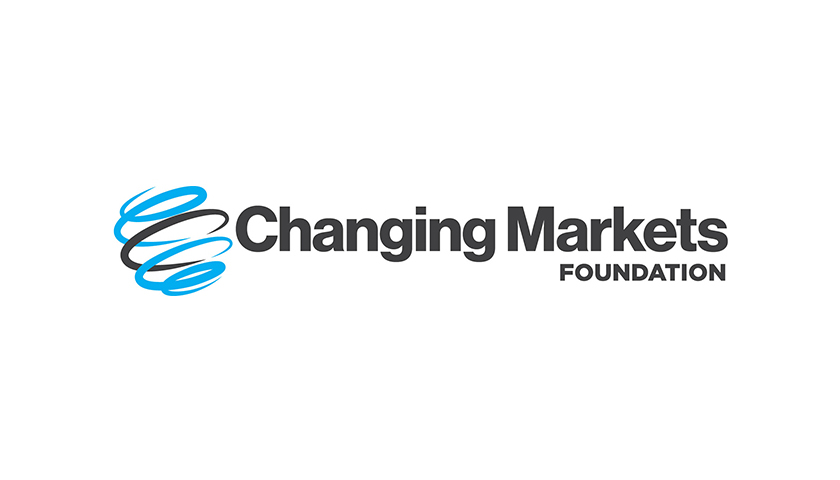Three quarters of clothing donated to major fashion stores to be reused or recycled are actually destroyed, abandoned in warehouses or sent to an uncertain future in Africa, the results of the largest tracking investigation of its kind suggest.
The pressure group Changing Markets Foundation used Apple AirTags to track 21 perfect condition coats, trousers, jackets and other used clothes as they passed through take-back schemes. The Dutch NGO donated the items to H&M, Zara, C&A, Primark, Nike, The North Face, Uniqlo and M&S stores in Belgium, France, Germany and the UK, or posted them to a Boohoo scheme. The C&A scheme has the slogan “Give your clothes a second life”, H&M has “Let’s close the loop” and The North Face has “Let’s complete the circle”.
Despite the slogans, three quarters of items (16 out of 21 or 76%) were either destroyed, left in warehouses or exported to Africa, where up to half of used clothing are quickly shredded for other uses or dumped. A pair of trousers donated to M&S were scrapped within a week. A pair of jogging trousers donated to C&A were burned in a cement kiln. A skirt donated to H&M travelled 24,800 kilometres from London to waste ground in Mali, where it appears to be dumped. Three items ended up in Ukraine, where import rules have been relaxed due to the war. Only 5 items, around a quarter of the original 21, were reused in Europe or ended up in a resale shop.
Most of the schemes explicitly promise not to scrap usable clothing. But none of the named brands keep public records of the fate of the clothing donated to them. Instead they pass them to companies that specialise in reuse, recycling and final disposal.
Changing Markets campaign manager, Urska Trunk, said: “The promises made by H&M, C&A and Primark are yet another greenwashing trick on customers. Our investigation suggests that items in perfect condition are mostly destroyed, stuck in the system or shipped across the world to countries that are least able to deal with the vast torrent of used clothing from Europe. The schemes add insult to injury by offering customers vouchers, discounts or points to buy more clothing, amplifying the fast fashion model that is overflowing with waste.”
Changing Markets did not investigate take-back schemes in stores outside Belgium, France, Germany and the UK. But the low value of most fast fashion clothing means that most used clothing entering take-back schemes run by highstreet retailers throughout Europe is also likely to be destroyed, shredded or left in warehouses, the NGO said.
The EU is strengthening its waste rules to become the first world region to tackle fast fashion. It will charge an end-of-life fee for each item brands sell, but the draft legal text would allow the same mistreatment of used clothing as exposed in the Changing Markets investigation. To solve the problem, regulators need to include mandatory reuse and recycling targets, a tax on synthetic textiles and standards to make clothing more sustainable by design, among legal measures, Changing Markets said.
Ms Trunk added: “EU rules are a golden opportunity to improve take-back schemes across Europe. But the European Parliament and member states need to strengthen a proposal by the European Commission. They should set binding recycling and reuse targets to shut down the kind of mistreatment of clothes our investigation has uncovered, and agree on a high end-of-life fee on clothing to really drive the production towards better quality, longer lasting garments. Because fast fashion is addicted to cheap, plastic-based fibres, they should also tax those fibres.”
France and the Netherlands already have legally binding reuse and recycling targets for used clothing. Over two thirds of fashion brands previously polled by the NGO say they support strong recycling and reuse targets.


